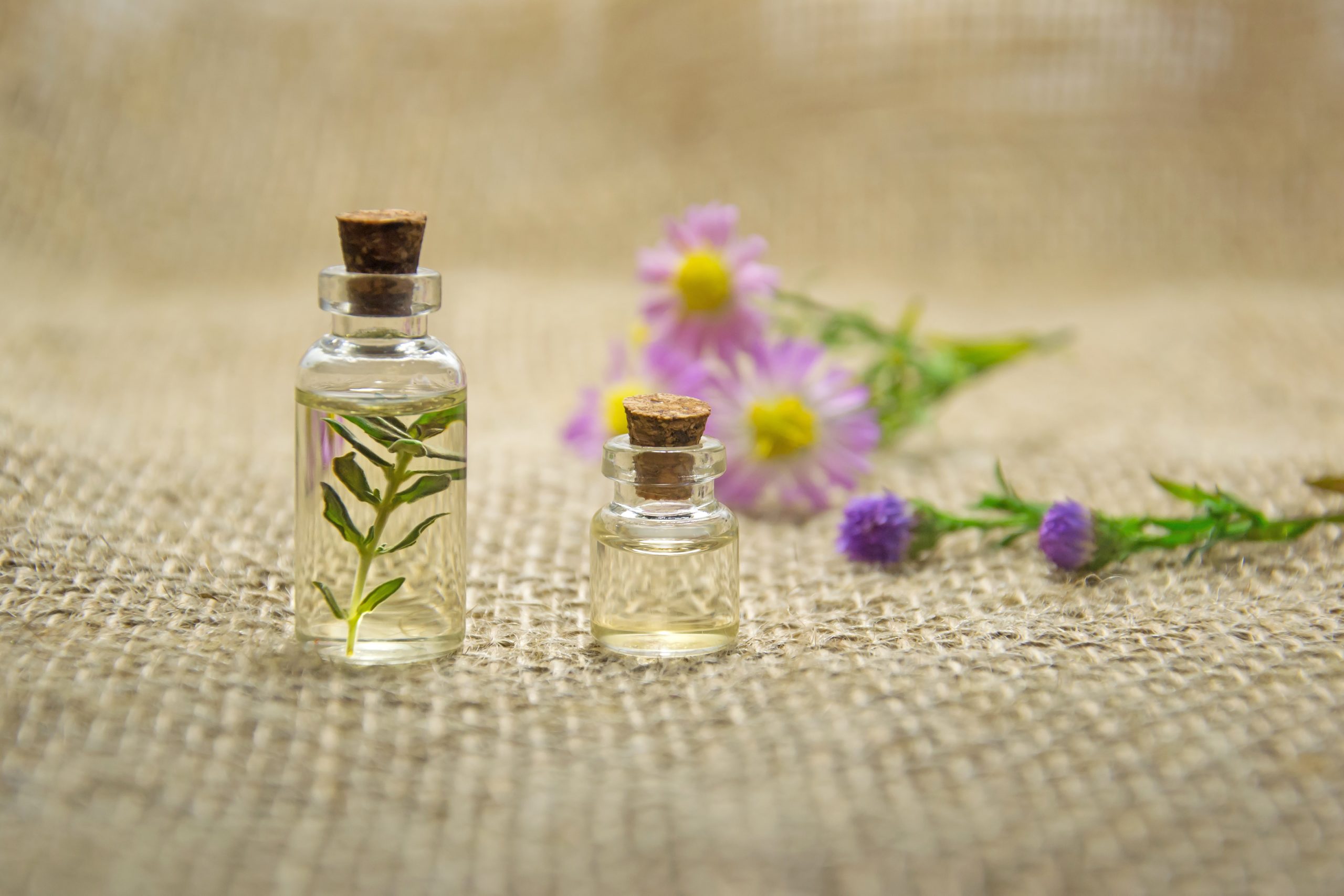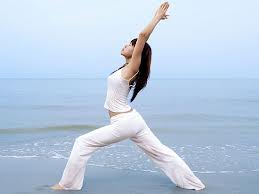
According to the World Health Organization, most of the deaths in progressive and modern countries such as the United States are caused by cardiovascular diseases. This article will overview two conditions dealing with chest pains that may symbolize heart problems: costochondritis and heart attacks. Though there are many other reasons people may experience pressure and pain in the upper and middle chest cavity, the following shines light into symptoms, possible causes and essential oils to use to prevent and treat such conditions.
What exactly is the long word? Costochondritis is an inflammation of the cartilage that connects a rib to the breastbone. Pain caused by costochondritis may mimic that of a heart attack or other heart conditions. Your doctor might refer to costochondritis by other names, including chest wall pain, costosternal syndrome and costosternal chondrodynia. When the pain of costochondritis is accompanied by swelling, it's referred to as Tietze syndrome.
As frustrating as this answer is, most cases of costochondritis have no clear cause. Occasionally, however, costochondritis may be a result of:
✻ Congenital Heart defects can cause chest pain.
✻ Injury. A blow to the chest could cause costochondritis.
✻ Physical strain. Heavy lifting and strenuous exercise have been linked to costochondritis, as has severe coughing.
✻ Arthritis. In some people, costochondritis has been linked to specific problems, such as osteoarthritis, rheumatoid arthritis and ankylosing spondylitis.
✻ Joint infection. The rib joint itself can become infected by viruses, bacteria or fungi. Examples include tuberculosis, syphilis and aspergillosis.
✻ Tumors. Noncancerous and cancerous tumors also can cause costochondritis. Cancer may travel to the joint from another part of the body, such as the breast, thyroid or lung.
✻ Occurs on the left side of the breastbone
✻ Affects more than one rib
✻ Worsens when taking deep breaths or coughing
1. Rest
2. Yoga
3. Acupuncture
4. Use of Aromatherapy for relaxation (Lavender, Sandalwood, Wild Orange, Tea Tree Oil, Grapefruit, Peppermint)
5. Meditation
6. Ice packs or heating pad applied to local swelling can sometimes help to reduce pain and inflammation.
The National Heart, Lung and Blood Institute also call heart attacks Myocardial infarctions (MI), Acute myocardial infarctions (AMI), Acute coronary syndrome, Coronary thrombosis and Coronary occlusions. Fancy words for the laymen's heart attack, when the flow of oxygen-rich blood to a section of heart muscle suddenly becomes blocked and the heart can't get oxygen. If blood flow is not restored quickly, the section of heart muscle begins to die. Sadly, heart attacks are the leading killer of both men and women in the United States, and this chronic disease is most likely preventable by lifestyle habits.
Most heart attacks are the end result of coronary heart disease, a condition that clogs coronary arteries with fatty, calcified plaques. As blood flow is gradually impeded, the body may compensate by growing a network of collateral arteries to circumvent blockages; the presence of collateral vessels may greatly reduce the amount of heart muscle damaged by a heart attack.
The sudden formation of a blood clot on top of plaque that cuts off blood flow in an already narrowed vessel.
✻ High blood pressure
✻ High cholesterol
✻ Obesity
✻ Smoking
✻ Stress
Men and women over the age of 50 with a family history of heart disease are predisposed to a heart attack. (I do like to point out, however, that epigenetics plays a great part in the ability to reverse or turn off the genes that predispose people to conditions in the genetic coding. Lifestyle habits and changes are so significant, that DNA can be changed in one generation. We do not have to be stuck with the genes passed down to us. We have the ability to change them.)
High levels of estrogen are thought to protect premenopausal women fairly well from a heart attack, but the risk increases significantly after menopause.
✻ Chest pain or discomfort. Most heart attacks involve discomfort in the center or left side of the chest. The discomfort usually lasts more than a few minutes or goes away and comes back. It can feel like pressure, squeezing, fullness, or pain. It also can feel like heartburn or indigestion.
✻ Upper body discomfort. You may feel pain or discomfort in one or both arms, the back, shoulders, neck, jaw, or upper part of the stomach.
✻ Shortness of breath. This may be your only symptom, or it may occur before or along with chest pain or discomfort.
✻ Rapid or irregular heartbeats
✻ Breaking out in a cold sweat
✻ Feeling unusually tired for no reason, sometimes for days (especially if you are a woman)
✻ Nausea and vomiting
✻ Light-headedness or sudden dizziness
A heart attack is considered a medical emergency that must be quickly addressed. When in doubt, contact your health care provider or call 911.
Many conventional health care practitioners people believe that alternative medicine cannot compete with standard drug and surgical therapy during the emergency and follow-up phases of heart attack treatment, but education is key and prevention is the fundamental key to leading a natural and optimum healthy life.

❍ Peppermint: Promotes healthy respiratory function and clear breathing*
❍ Helichrysum: Promotes vitality and energy
❍ Ylang Ylang: Calming and lifts mood
❍ Marjoram: Calming effects on nervous system, promotes healthy cardiovascular system function*
❍ Cypress and Wild Orange: Purifying, energizing and supports a health immune system*
❍ Deep Blue, Lavender and Ylang Ylang: Soothing and great on body for massage after moving all day
❍ Ginger, Lemon, Rosemary and Thyme: Stimulating aroma and supports a healthy immune system*
❍ Lavender, Wild Orange and Ylang Ylang: Relaxing and Settling



Click here for heart-healthy foods 🙂
http://truthnhealth.com/2011/10/best-10-foods-for-your-heart/
Additional Sources: Mayoclinic.com, medicinenet.com, nhlbi.nih.gov, everythingessential.com, webmd.com
